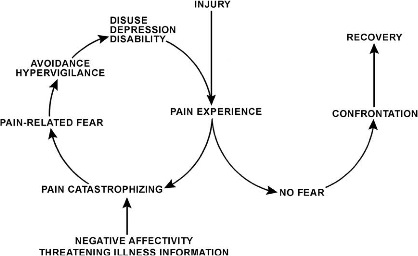Unless you first change your mind, don’t expect your health goals to materialize. As the saying goes, it’s not the horse that draws the cart, it’s the oats. It’s not the gym, Pilates class or diet that will change you – it’s your mind.
That brilliant statement comes from an article in U.S. News & World Report. The same article says, “By the second week of February, some 80 percent of those resolution-ers are back home with a new kind of remorse staring back at them in the mirror – the remorse of disappointment. ”
That has been and soon will be the fate of hordes of Americans as they embark on a myriad of ill-fated health & fitness voyages. I believe failure comes down to two vital issues: motivation and planning.
Motivation
This is your “why.” It’s emotional investment. With motivation you have a sense of purpose. Motivation is the be-all-end-all for success at anything. (Last year about this time I wrote about motivation, and I’ll expand on the concept in the next post.) Your goal must be important to you on an emotional level. A true sense of purpose comes with emotional investment. One example:
An intermediate runner wants to run his first marathon. He’s spent time running, enjoys it, and has progressed from a raw beginner to a more serious athlete. The marathon represents to him a major sense of achievement. He knows it will take a lot of hard work and if he finishes then he’ll feel a powerful sense of accomplishment. He’s motivated by that sense of accomplishment. Accomplishment gives him a deep sense of satisfaction. Accomplishment sustains him on an emotional and spiritual level. The marathon is not just an arbitrary goal to him. This is important too: the goal of running a marathon is both challenging and realistic.
Another example:
A new mom isn’t as fit as she used to be, and she knows it. She recognizes several things: First, she’s going to need a lot of energy to keep up with the new kiddo. She knows exercise, a healthy diet and good sleep habits will help. Second, she wants the child to be healthy so she decides to set a good example by living a healthy lifestyle. Next, she wants to live a long life so she can spend as much time as possible with this wonderful little person.
Her profound love for her child is her motive to live a healthy life. She’ll do anything for the kid! She can’t lose! Success is the only option. Even if she’s not a serious athlete and she may not be in love with exercise, the love she feels for this new baby has ignited a tremendous sense of purpose in her, so her motivation is sky-high.
Hard work is made feasible through motivation. Or as Matt Fitzgerald puts it in his book Diet Cults, “Motivation allows for the application of willpower.”
For good or ill, the truth is that if you aren’t sufficiently motivated, if you don’t have a strong emotional bond to your resolution—if you don’t have a purpose—then it won’t happen.
The plan
No significant accomplishment happens without a plan. Saving for retirement, building a house, writing a novel, attaining a degree, running a successful business all require a plan. Your resolution is no different. How many days will you exercise? Will you lift weights? (You should!) If so, which exercises will you select? Do you know how to lift properly? When will you add weight to the bar? What about cardio? What about rest days? You need those! Have you thought about nutrition? You can’t lose weight without it. What changes will you make to your diet? Should you go on “A Diet?” (Probably not. Everyone “used to be on a diet.” Most of them aren’t sustainable.) Have you thought about adequate sleep?
Far too many smart, well-intentioned souls enter a gym with no plan and no knowledge of how to exercise properly. Stumbling through the dark and stabbing blindly at your goal is inefficient at best and a sure ticket to failure at worse. Bad planning or no planning can kill your motivation. Do you have a plan? If not, then get one.
*****Please note: A generic, cookie-cutter plan made for someone else’s needs isn’t your best option. It’s best to have a plan custom-made to your needs, skills, and preferences. That’s why I have a job!
I hope I’ve convinced you that in order to attain your worthwhile New Year’s Resolution you must think hard about it. It won’t happen through luck or chance. I’ll expand on motivation and planning in subsequent posts.






